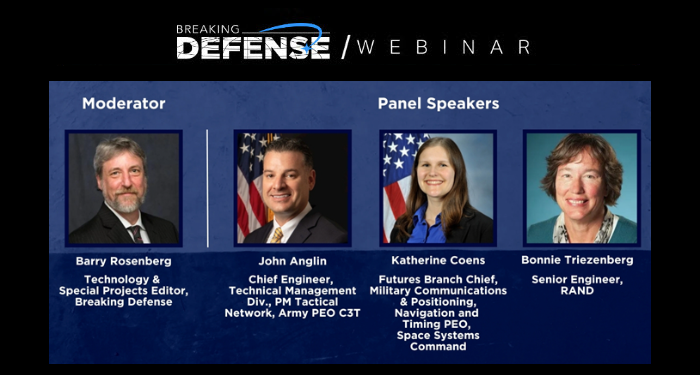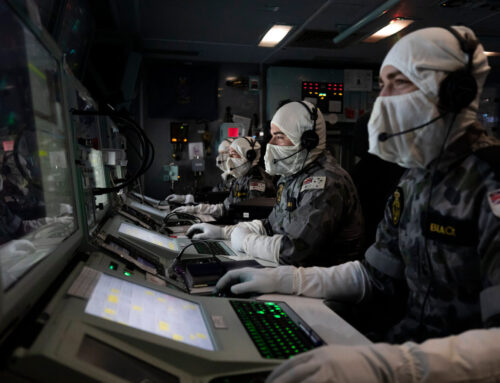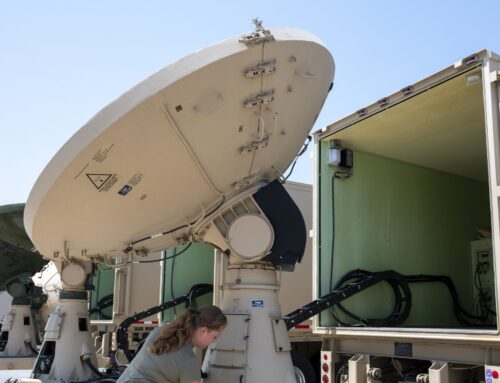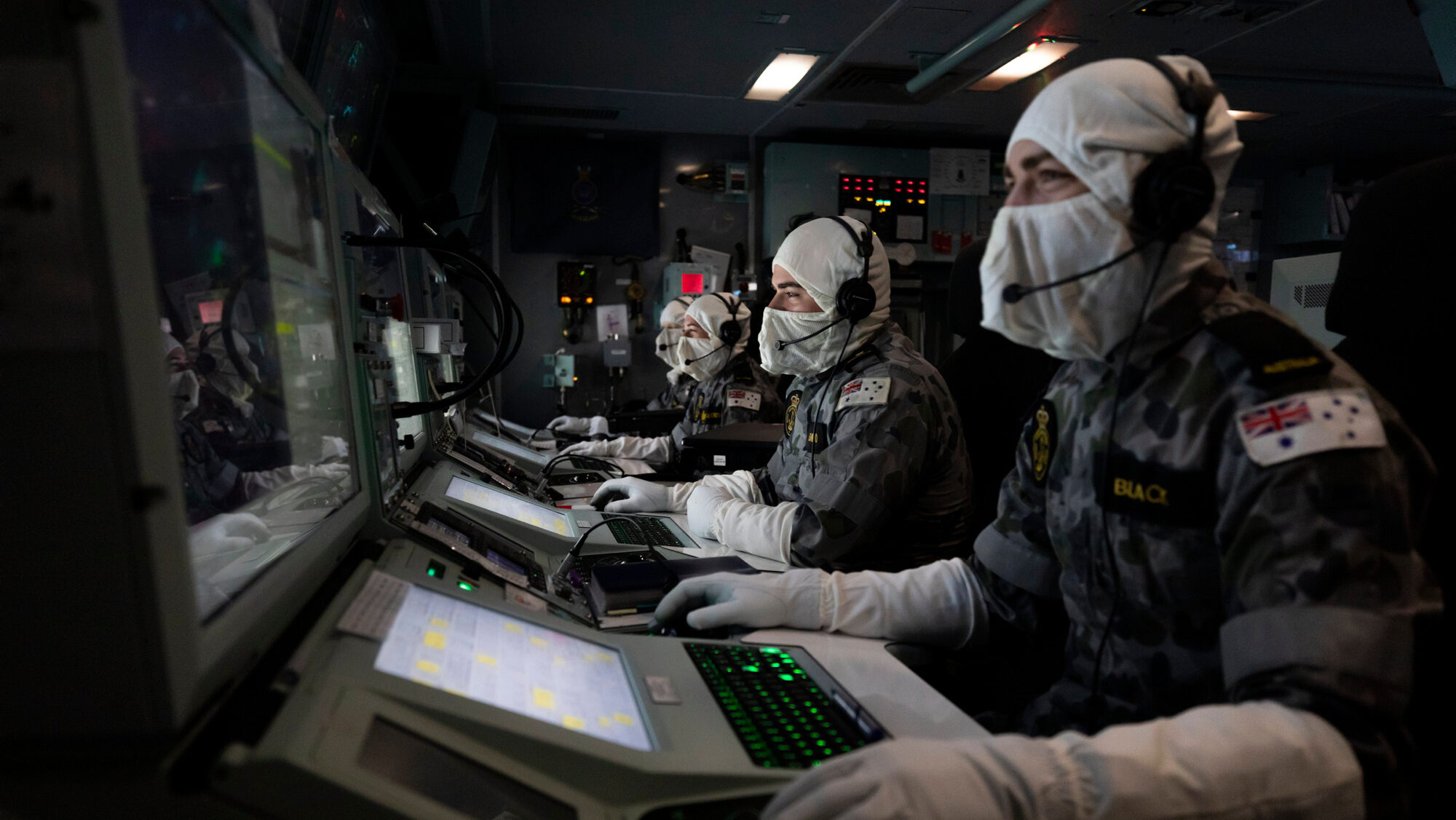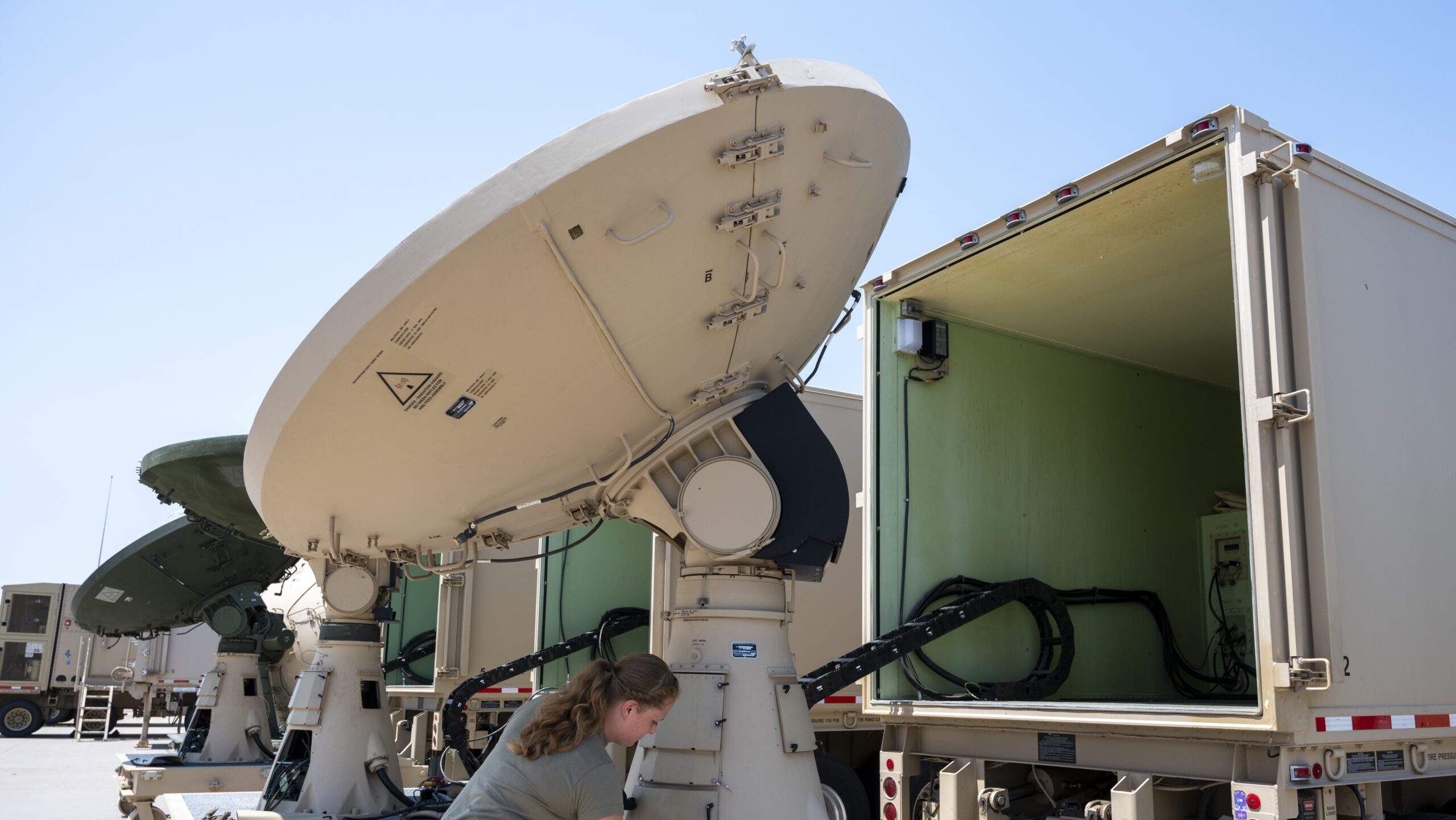The path to Nirvana has many stages in certain religions, not unlike some programs in the defense world such as satellite communications where construction of a resilient space architecture across orbits will require a staged expansion over many years.
“In addition to applying resiliency to existing waveforms or leveraging geosynchronous, MEO, or LEO orbits, what we are truly driving toward is that Nirvana state where we are able to provide any and all different communications means to the commanders so that they’re able to fight the fight and build out their PACE plan or their primary alternate contingency and emergency communications,” said John Anglin, Chief, Technical Management Div., PM Tactical Network, Army PEO C3T, speaking during a recent Breaking Defense webinar.
“Through experimentation as well as the relationships that we formed with division commanders to understand [how] each unit in their theaters are fighting in different ways and have different needs. We need to build that network in a way that provides flexibility and is modular, scalable, secure, and definitely simple. The ability for soldiers to rapidly make changes to the network, to support and operate over any and all of those paths at the same time is truly what we’re driving towards.”
Anglin and other SATCOM experts discussed how to address those challenges, both tactical SATCOM and strategic SATCOM for the nuclear command-and-control mission, in the Breaking Defense webinar entitled: Cybersecurity Across Domains for Multi-Domain Operations.
Besides Anglin, two other panelists participated in the one-hour webinar, which is now available on-demand. They were: Katherine Coens, Futures Branch Chief, Military Communications & Positioning, Navigation, Timing PEO, Space Systems Command; and Bonnie Triezenberg, Senior Engineer, Rand.
Amongst other topics, Coens discussed how Space Systems Command is viewing the challenge.
“In terms of the military SATCOM architecture, everything is very much in flux and on the table right now. There’s a lot of different trades that we have to look at and make. One of the things that we’re certainly looking at very closely is what industry is doing. The government is good at some things, but in terms of innovation, industry is second to none.
“The more diversity we have in terms of spectrum and in different company systems that we can use independently and in conjunction with each other, the more resilient we’ll be. We have to find that balance point between a system that we can make work, but also give us the max resiliency.”
For her part, Triezenberg examined some of the lesser known but vitally important SATCOM challenges.
“If you look at INDOPACOM and the Pacific region, you quickly realize there’s a lot of ocean out there to be covered. You’ve got a lot of people cutting across wide oceans and they’d like to have communications. We really don’t have a lot of SATCOM [and] we cannot cover the entire ocean with communications right now. Instead what you end up is sort of corridors of communications, and that’s a limitation that an adversary could exploit.”
The full three-way moderated on-demand webinar can be found here.


